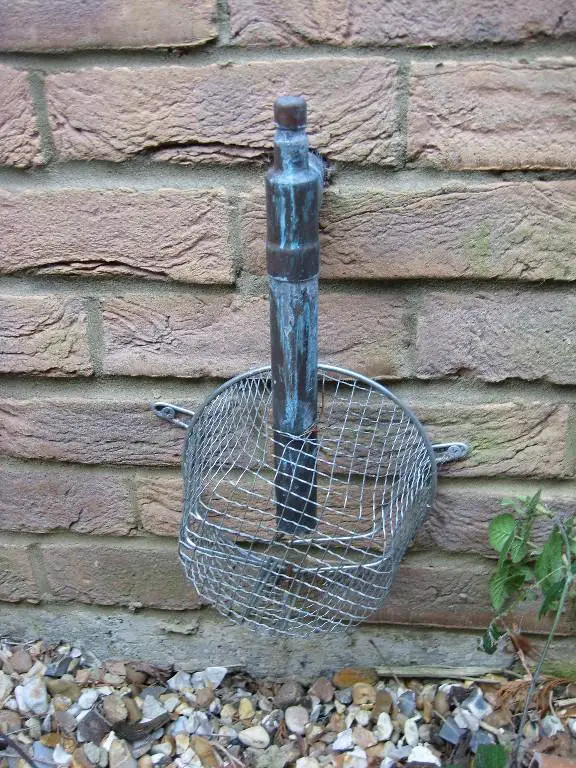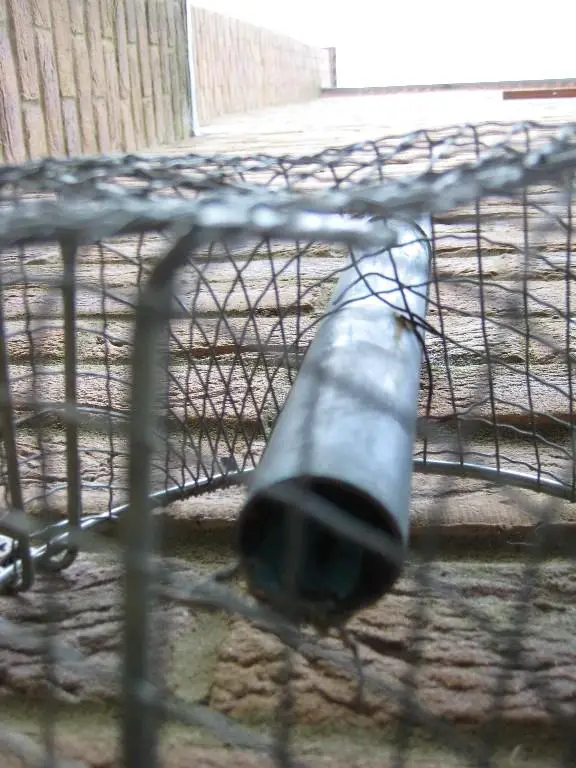- Joined
- 22 Nov 2007
- Messages
- 100
- Reaction score
- 0
- Country

Hi All
Removed a box section the living room - was really bugging me!
Found the pipe in the pictures below, it has marking which say its a 28mm pipe - but its empty? I.e. nothing flowing through it!
I don't know where the pipe starts from, but it comes through the floor space up above the living room ceiling, down the wall, then outside to what looks like an open end? Could it be an overflow for something? Nothing recently has come out of the pipe that I can see but it does look like something has flowed through in the past?
My house is a 2001 with the following:
Heatre Saudia Megaflo water system (hot water tank)
Sealed central heating system
No other water storage (no gravity fed tanks etc)
Any ideas? I'd really appreciate knowing if I can route this on the outside of the wall so I can get the wall plastered.
Cheers all.
The pipe in the living room coming through the floor boards, down the wall
The pipe where it comes out of the wall outside
The hole in the bottom of the pipe outside
[/u]
Removed a box section the living room - was really bugging me!
Found the pipe in the pictures below, it has marking which say its a 28mm pipe - but its empty? I.e. nothing flowing through it!
I don't know where the pipe starts from, but it comes through the floor space up above the living room ceiling, down the wall, then outside to what looks like an open end? Could it be an overflow for something? Nothing recently has come out of the pipe that I can see but it does look like something has flowed through in the past?
My house is a 2001 with the following:
Heatre Saudia Megaflo water system (hot water tank)
Sealed central heating system
No other water storage (no gravity fed tanks etc)
Any ideas? I'd really appreciate knowing if I can route this on the outside of the wall so I can get the wall plastered.
Cheers all.
The pipe in the living room coming through the floor boards, down the wall
The pipe where it comes out of the wall outside
The hole in the bottom of the pipe outside
[/u]




